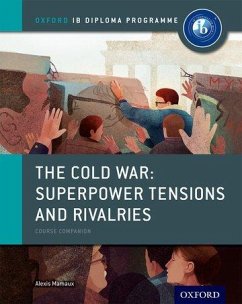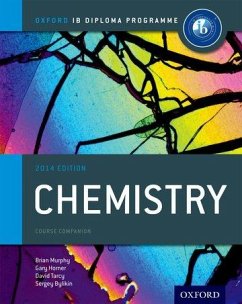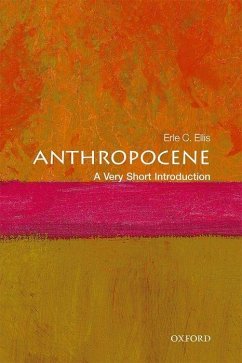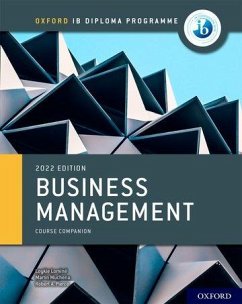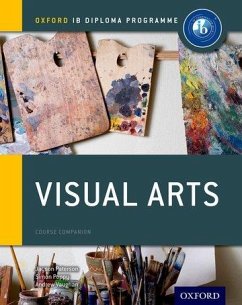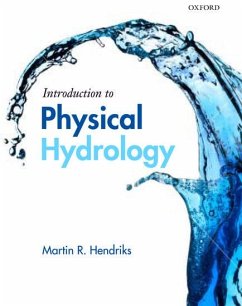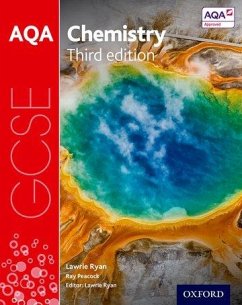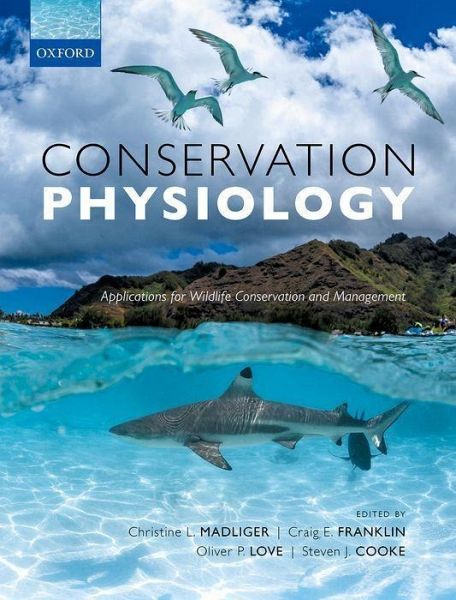
CONSERVATION PHYSIOLOGY P
Versandkostenfrei!
Versandfertig in 1-2 Wochen
67,99 €
inkl. MwSt.

PAYBACK Punkte
34 °P sammeln!
This novel textbook provides the first consolidated overview of the scope, purpose, and applications of conservation physiology with a focus on wildlife. It outlines the major avenues and advances by which the field is contributing to the monitoring, management, and restoration of wild animal populations.





